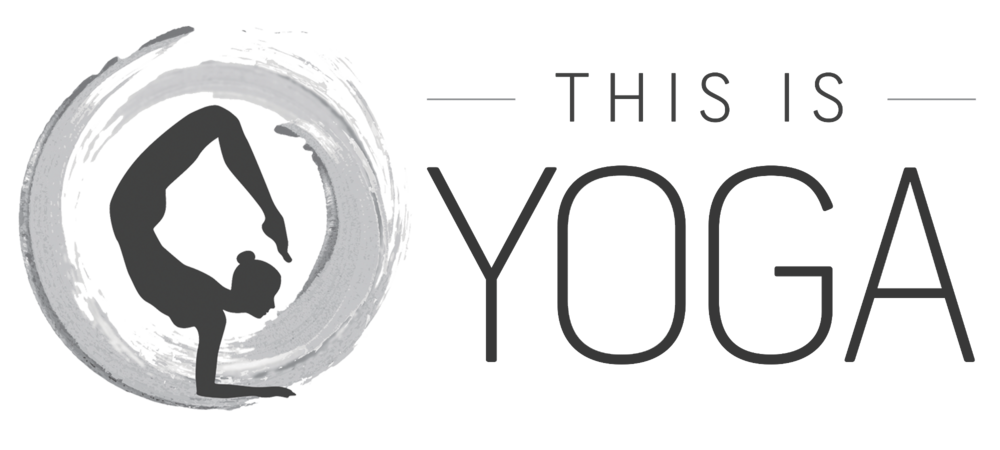Letting go can be challenging. We have so many good memories that we want to hold onto, objects that hold sentimental value, or even bad experiences that we struggle to part with. However, often holding onto things can hold us back in life. It can distort or preoccupy our thinking. The article below discusses some tips that you can implement in order to help clear your mind.
“To let go does not mean to get rid of. To let go means to let be. When we let be with compassion, things come and go on their own.”
Holding on to pain doesn’t fix anything. Replaying the past over and over again doesn’t change it, and wishing things were different doesn’t make it so. In some cases, especially when it comes to the past, all you can do is accept whatever it is you’re holding on to and then let it go. That’s how everything changes. You have to let go of what is hurting you, even if it feels almost impossible. Deciding to hold on to the past will hold you back from creating a strong sense of self — a self that isn’t defined by your past, but rather by who you want to be. Oddly enough, painful feelings can be comfortable, especially if they’re all you know. Some people have trouble letting go of their pain or other unpleasant emotions about their past because they think those feelings are part of their identity. In some ways, they may not know who they are without their pain. This makes it impossible for them to let go.
If you find it hard to let go of the past, a bad relationship, grudges, etc., these 12 tips could help:
1. Understand that the relationships you thought you’d have are going to be different than the ones you actually have.
We must accept the person we are in this moment and the way other people are, too. As time goes on, we continue to learn that things don’t always go as planned — actually, they pretty much never do. And that’s okay: If you become aware of yourself and your part of your relationships, they will improve; however, you may also have to accept facts about certain people in your life. Practice gratitude, appreciation, and trust in the process.
2. Don’t be invested in the outcome when it comes to dealing with people, because it often leads to disappointment.
Expectations have a way of keeping us stuck because they lead us to fear certain outcomes. There are no guarantees in life, and there’s nothing we can really do to get the outcomes we desire when dealing with others. When our expectations or needs aren’t met, we need to respond rationally and appropriately. Sometimes this means setting respectful boundaries; other times, it means letting go.
3. Don’t live in chains when you have the key. We live with self-limiting beliefs that we let define who we are.
We think, "I could never do that!" or "I could never make that happen!" If you truly believe that, you’ll never accomplish your goals. Open up your mind, and believe in yourself. There will be many people who tell you that you can’t do it. It’s up to you to prove them wrong.
4. Let go of the idea that you can control others’ actions. We really only have control over ourselves and how we act.
You can’t change another person, so don’t waste your time and energy trying. I think this is the biggest factor that pushes people to hold onto unhelpful behaviours, like the need to please. We think, “If only I do everything for everyone, they’ll never get mad at me.” Wrong!
5. Only worry about what you think of yourself.
Free yourself from being controlled by what other people think. Start to prioritise how you feel about yourself. As Mahatma Gandhi said, “Happiness is when what you think, what you say, and what you do are in harmony.” You can’t live by your values if you’re living for the approval of others.
6. Leave room for mistakes.
Did you make a mistake or say something stupid? It’s okay! Use the experience to learn and make a joke. It doesn’t make you stupid to say something wrong or silly: it makes you human, and sometimes even funny.
7. Accept the things you cannot change.
Stop wishing things could be the way they once were. Bring yourself into the present moment. This is where life happens. You can’t change the past; you can only make decisions today to help how your future turns out.
8. Don’t take yourself too seriously.
This will allow you to relax and enjoy life's journey. I laugh with myself and at myself all the time.
9. Do what scares you.
Fear holds us back from doing a lot of things because it closes our minds to possibilities for our future and locks us into our comfort zone. Most fears fill us with doubt and “what ifs” that imprison us. The more you do to get out of your comfort zone, the more fear will subside. In life, do what scares you, and you’ll grow and succeed!
10. Express what works for you.
Find your voice, and share with others what you’re thinking and feeling in a rational way. If you continue to communicate with others what works for you and doesn’t work for you, you’ll no longer bottle up your emotions. Expressing yourself is an important part of feeling good about yourself and your relationships.
11. Allow yourself to feel negative emotions.
Whether you lost a loved one through death or a break-up, honour your loss. Trying to ignore your negative emotions will extend your suffering. Loss is difficult to experience, and it’s okay to allow yourself to hurt and be sad. Let yourself feel, and go through the grief process so that you can move forward.
12. Learn forgiveness.
Resentment and unwillingness to forgive will keep you locked in the past and prevent you from moving forward with your life. Remember: When you forgive, you aren’t doing it for the other person; you’re doing it for yourself. If for no other reason than that, forgive and let go.
Carl Jung said, “I am not what happened to me, I am what I choose to become.” There’s a lesson in that for all of us: Try to let go of whatever it is that’s holding you back from experiencing yourself. You’ll probably realise that you are not what other people say you are. You are not your pain, your past, or your emotions. It’s the negative ideas about ourselves and our hurtful self-talk that get in the way of who we really want to be. Being able to let go requires a strong sense of self, which gives you the ability to learn and grow from your experiences.’
Article author: Ilene Strauss
Original source: https://www.psychologytoday.com/au/blog/your-emotional-meter/201708/important-tips-how-let-go-and-free-yourself












